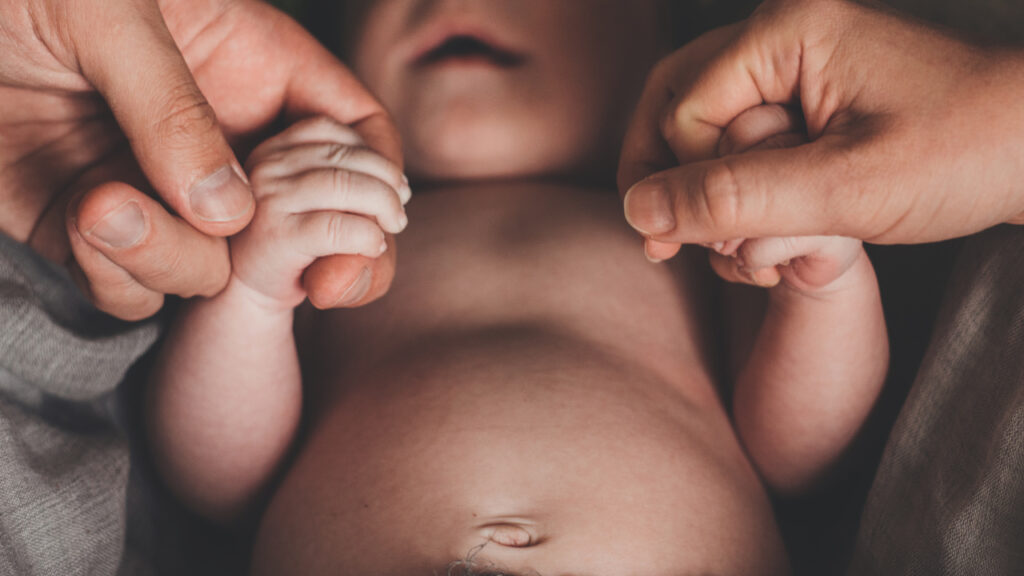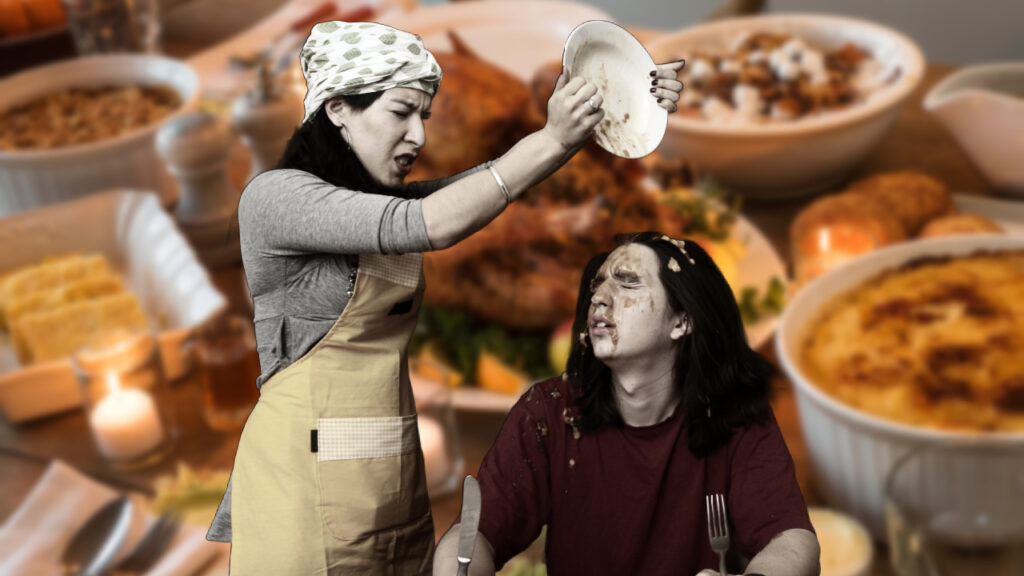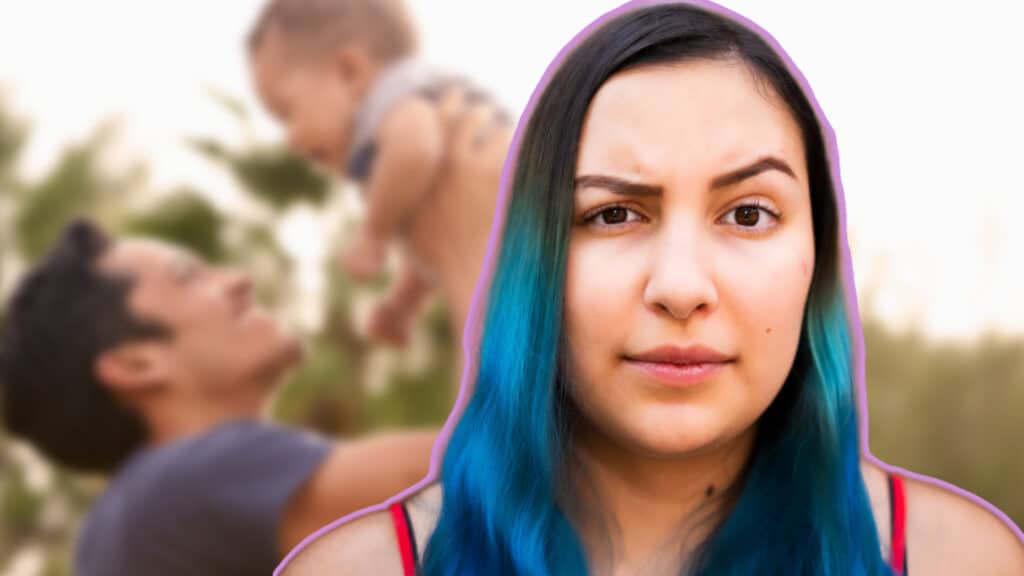This Latina’s Quinceañera Became a Celebration of Life After Cancer Returned
When Aylin walked into her Quinceañera in Memphis, she felt a rush of excitement. “Oh my gosh, it’s actually happening,” the 14-year-old told FIERCE, recalling that moment. For her, this milestone wasn’t just about turning 15. It was about surviving radiation, living through relapse, and holding onto the dream of becoming a marine biologist.
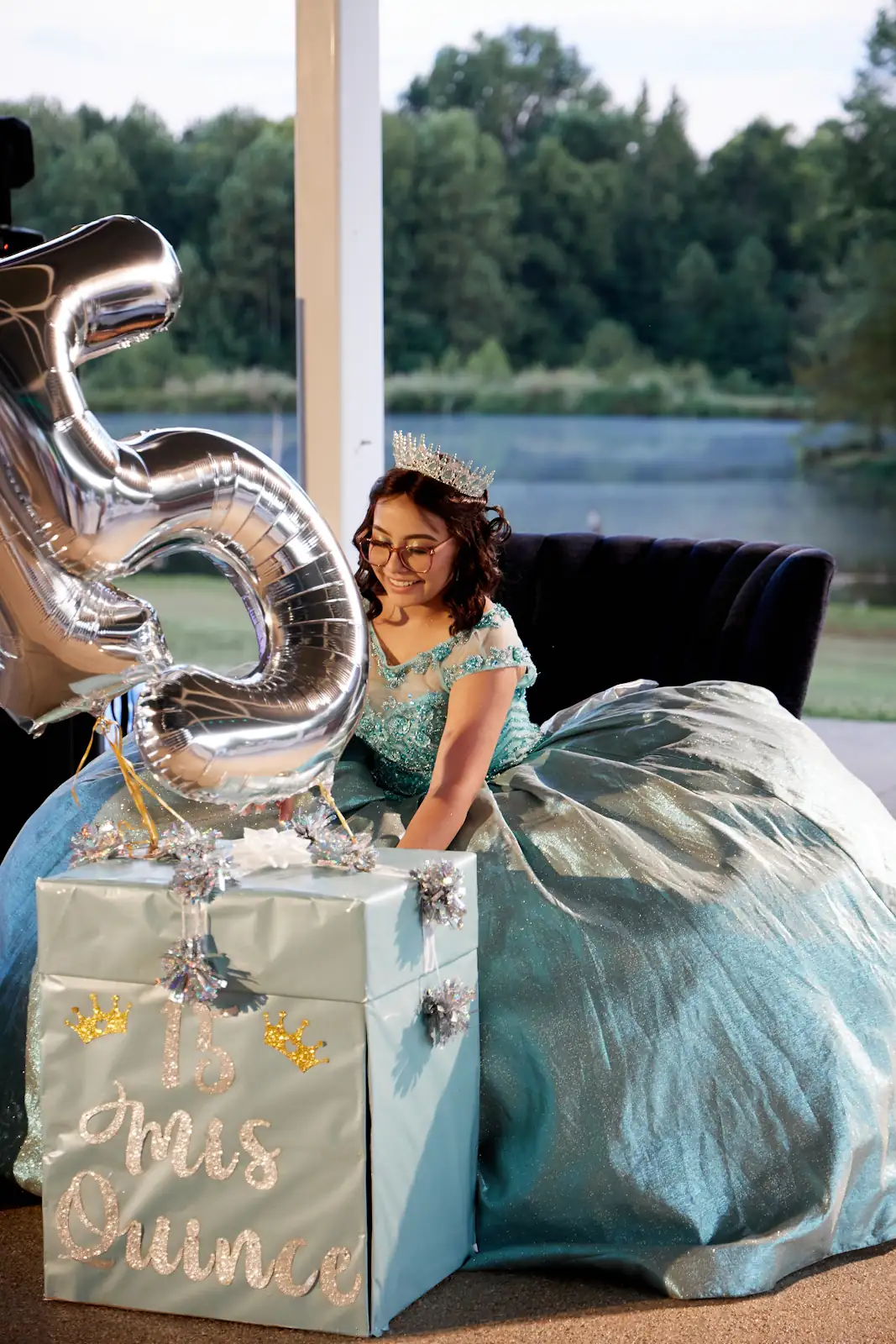
What this Quinceañera meant to Aylin
Aylin was diagnosed with a rare form of liver cancer at 12. After undergoing a transplant and months of recovery at St. Jude Children’s Research Hospital, she faced the devastating news in 2024 that her cancer had returned. Still, she poured her heart into planning her Quinceañera.
“For me, it means not only a celebration that I’m 15, but I was able to make it to 15,” she explained before her party. “And also a celebration that I finished radiation.” She picked an aqua blue dress, a color chosen with purpose. “I really like the ocean. I want to be a marine biologist, so I wanted to represent what I like. When I wear it, I want to feel like me.”
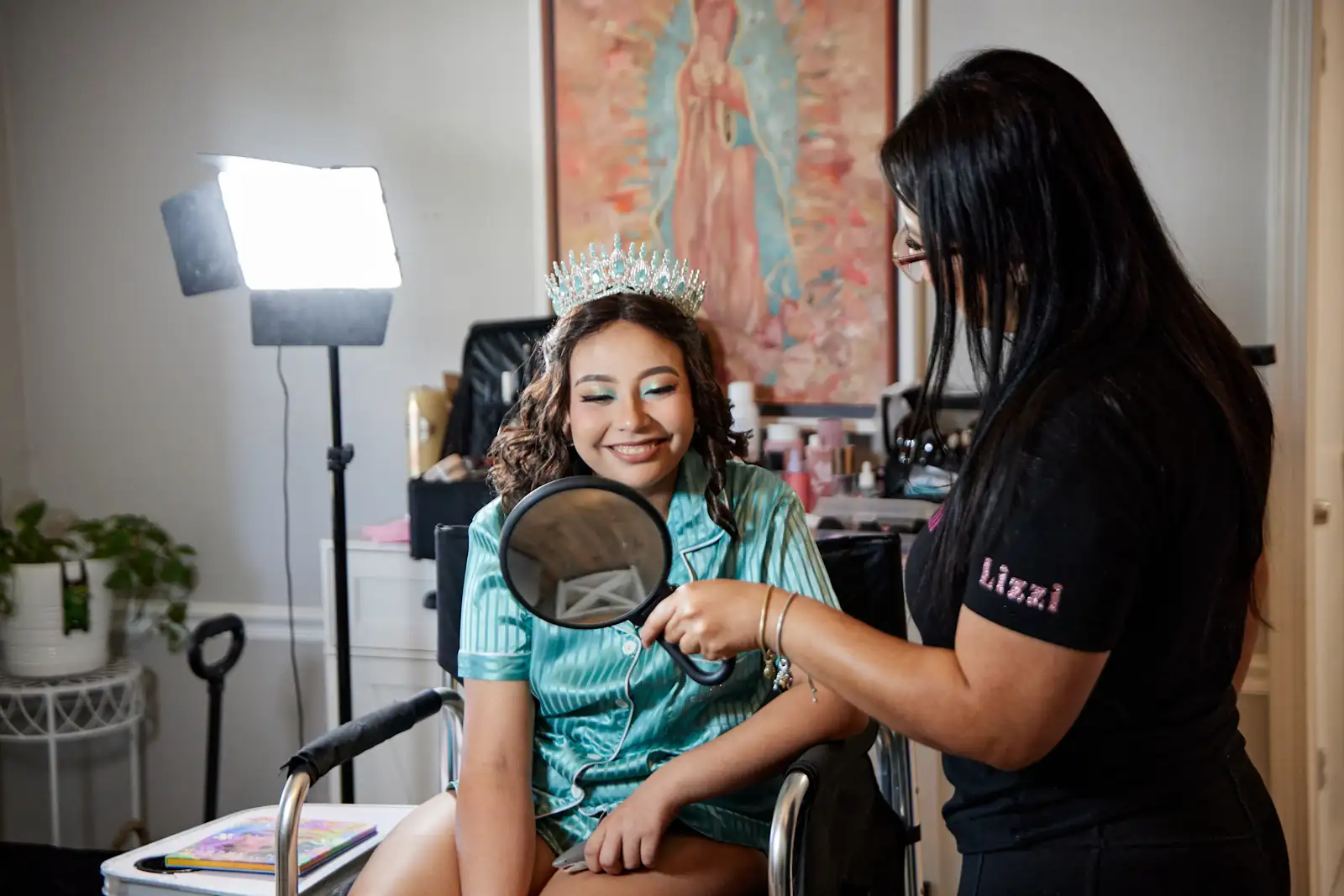
The most emotional dances of the night
Like many teens, Aylin was nervous about being recorded while dancing. But the moments unfolded better than she imagined. “When I was about to dance them, I felt really nervous. Like, uh, what if I mess up? What if something goes wrong? Then, after it happened, I felt relieved. Like, hey, it went nicely, went smoothly, but more calm,” she said.
Her first dance, with her stepfather Paul, carried a weight that words could barely capture. “It was really special to me. Because, you know, I got to make it to that moment.”
Her mother, Nallely, explained why the dance was so meaningful. “Paul is not her biological dad, so Paul is the stepdad. And I think it’s very emotional for her because he has been there for her since she was young, six or seven years old, and she has a closer bond with him than she does with me. He told Aylin that he was so proud of her and that he loves her and that he is there for her.”
Nallely added, “He’s not only a father on the good days. He’s a father in this moment when she needs it most.”
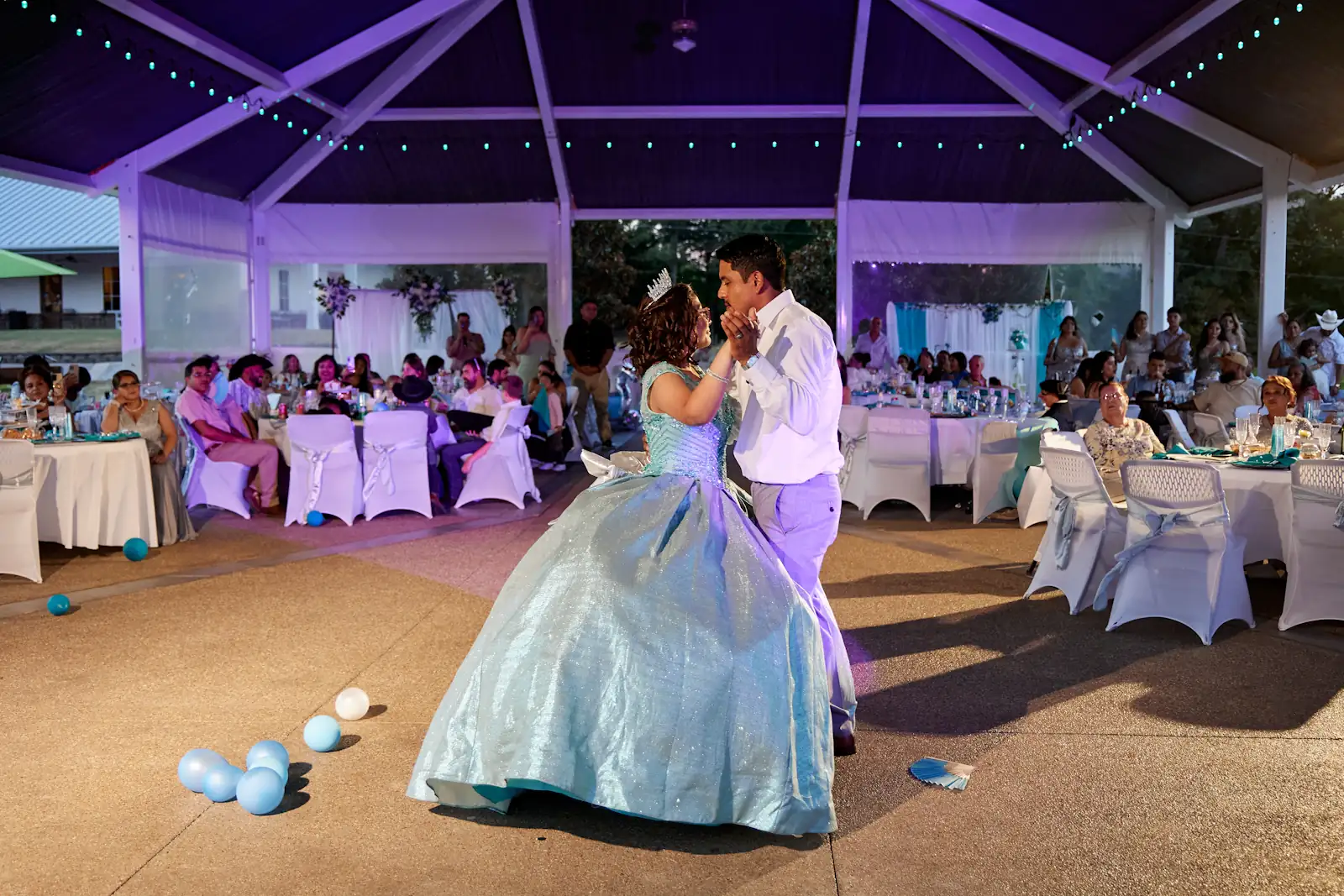
A mother’s pride at her daughter’s Quinceañera
For Nallely, watching her daughter reach this day felt monumental. “A quinceañera is a big milestone, but this time it is more than just turning 15 and going through that milestone in our culture,” she said. “There were times I did not know if we were going to be here, and to see her doing so well, this is the second time, and she is still doing so well. This is huge for me as a mom. She is really strong.”
After the formal dances, Nallely remembers Aylin stripping away the pageantry to just be herself. “She told me, ‘Mom, I did my part. I’m taking off the eyelashes and I’m taking off the wig.’ I told her, ‘You do you.’ And she did. She tore the eyelashes off, she took off the wig, and she just enjoyed the rest of the night. She even changed into her PJs and slippers, and she danced.”
She smiled, recalling the sight of Aylin and Paul dancing freely. “They were out just dancing, and she’s in her PJs or in her dress, but without a wig, and they’re just over there dancing. It was just perfect. For me, that was just perfect.”
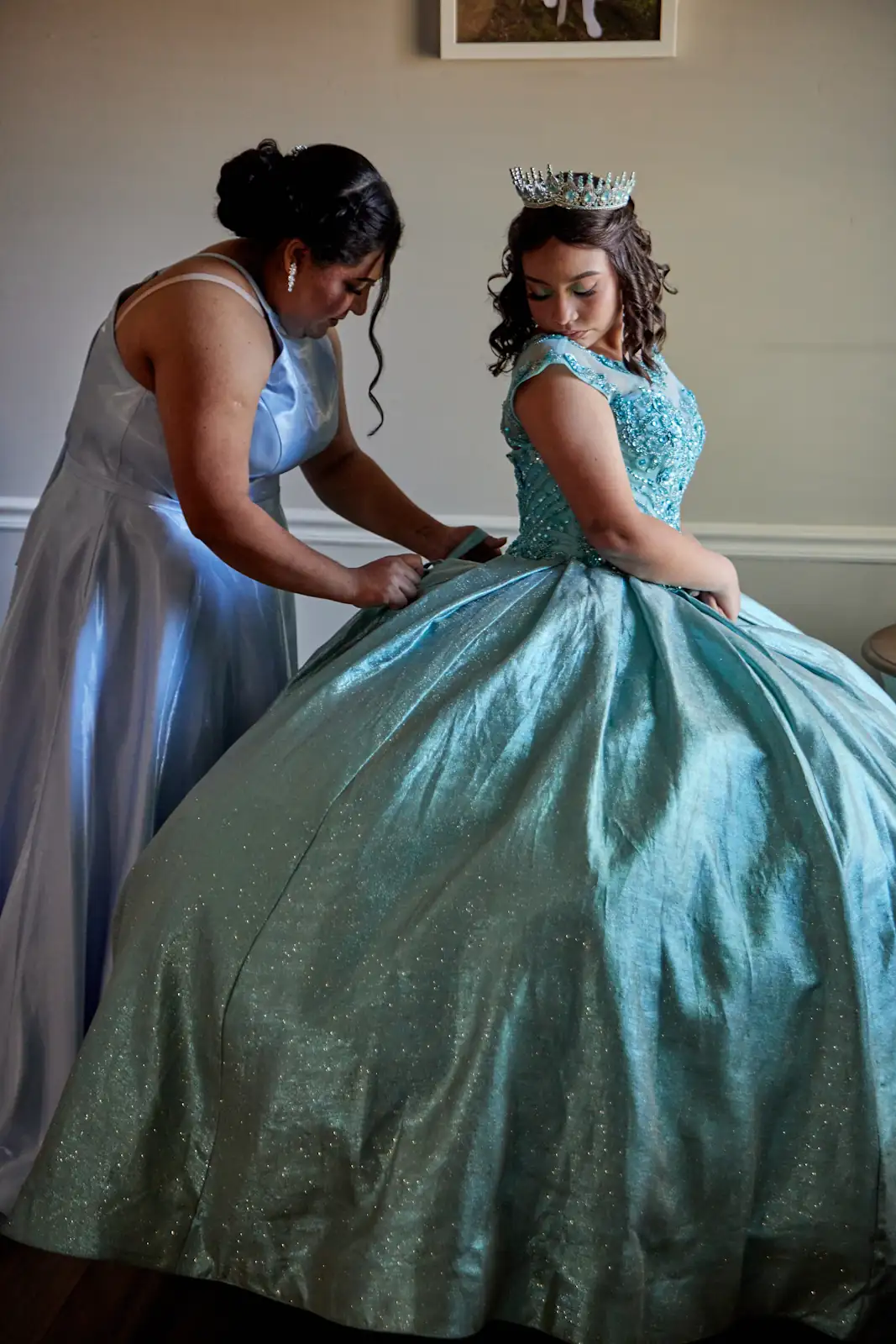
The bigger picture of liver cancer in Latino communities
Aylin’s story shines against a difficult backdrop for Latinos in the U.S. Early-onset liver cancer is rising among Hispanic and Latino people under 50, even as rates in other groups remain stable or decrease.
Cancer is the leading cause of death among Latinos, accounting for 17% of deaths, according to the American Cancer Society. Cultural fears, lack of insurance, and the inability to take time off work all contribute to delayed diagnoses.
Other risk factors include higher rates of obesity and diabetes, viral infections like hepatitis B and C, and barriers to vaccinations and screenings among Latino immigrants.
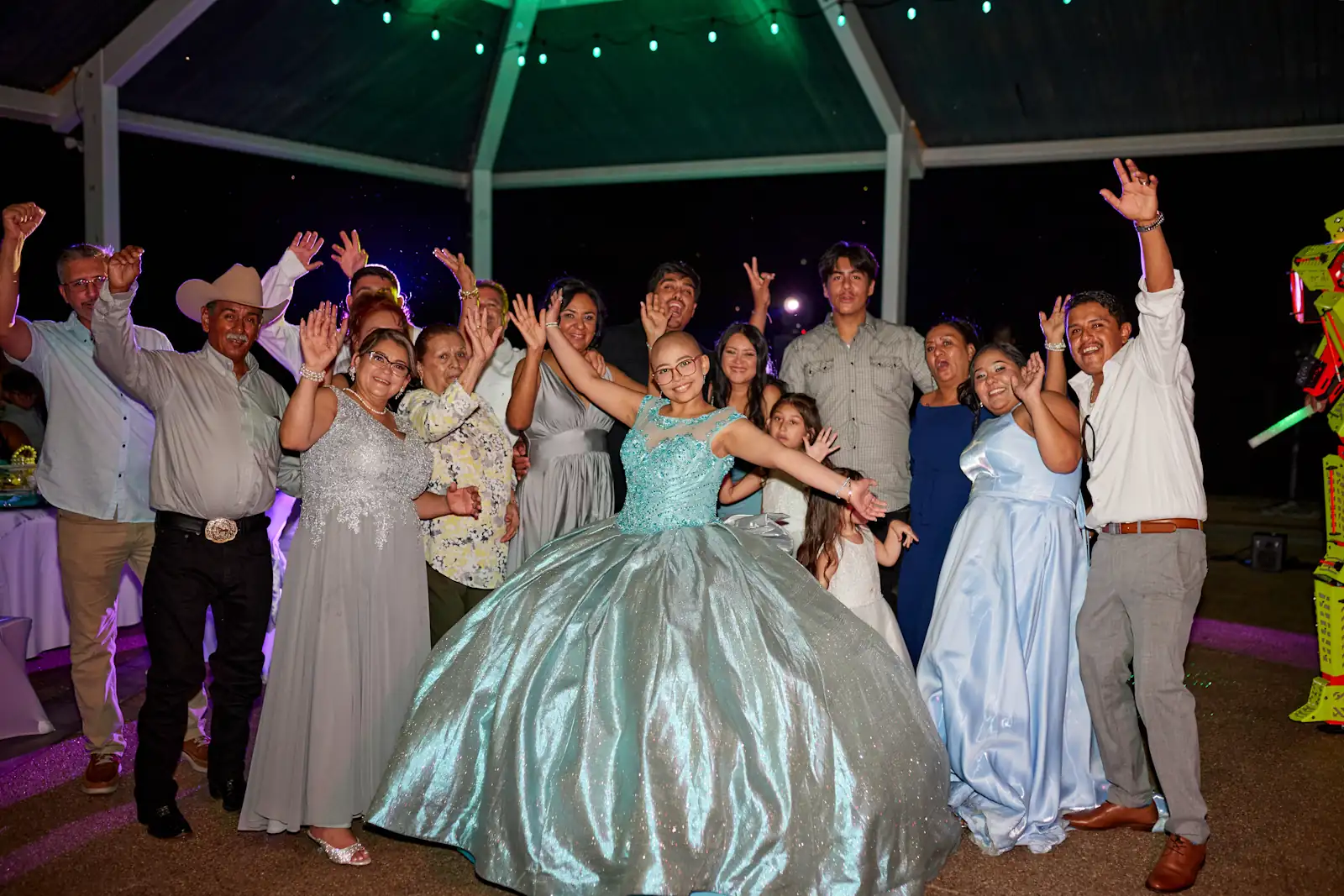
A Quinceañera as survival and gratitude
Looking back on her celebration, Aylin reflected on what it means in her journey. “Not only is it a celebration that I’ve grown, it’s a celebration that I managed to make it to today. Cause when I first got diagnosed, I thought, Am I gonna die? Am I not gonna be able to live my life? But I managed to make it to 15. Some kids, unfortunately, don’t make it to this age. But I’m so grateful that I managed to make it.”
She added that what mattered most was being surrounded by her people. “Everyone who cared about me, who was there for me, and who didn’t treat me like I was a sick child, they still treated me like the same person I was before I got sick. And I’m so grateful for that.”
Her Quinceañera was a cultural rite of passage, but also a declaration of resilience, joy, and love.

